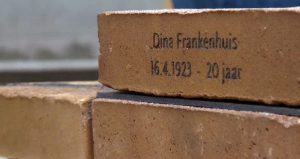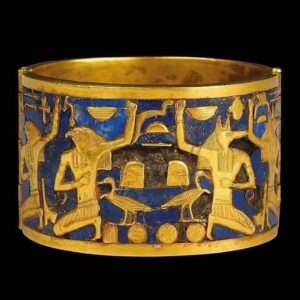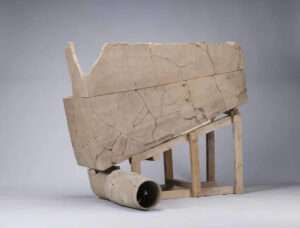A 2,000-year-old mummy looted and then thrown on a rubbish tip has been saved by antiquities experts in Yemen.
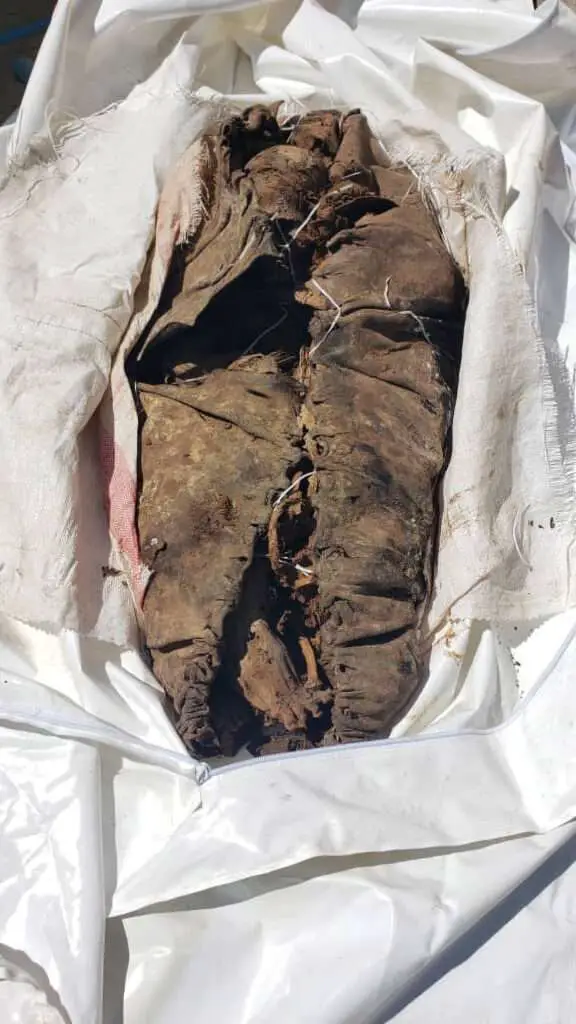
Passersby in Sana’a – the country’s historic capital in Sana’a Governorate – found the violated mummy after it had been abandoned by tomb raiders.
The raiders had opened up the mummy’s stomach and then dumped the ancient body on the public dump, say officials.
Now officials in Yemen – fractured by civil war since 2014 – say they have taken back the human remains for restoration.
The General Authority for Antiquities and Museums in Sana’a said in a statement on Wednesday, 8th March: “Today, the General Authority for Antiquities, Museums and Manuscripts received the body of a mummified mummy from the General Department of Criminal Evidence in Sana’a.
“It was found dumped next to a rubbish dump in the capital’s secretariat.
“It was thrown by tomb raiders and antiquities traffickers after they destroyed it and tampered with its contents.
“It was transferred to the National Museum in Sana’a for preservation, and experts from the Commission are treating it for bacterial rot that began to appear on it and conduct studies.”
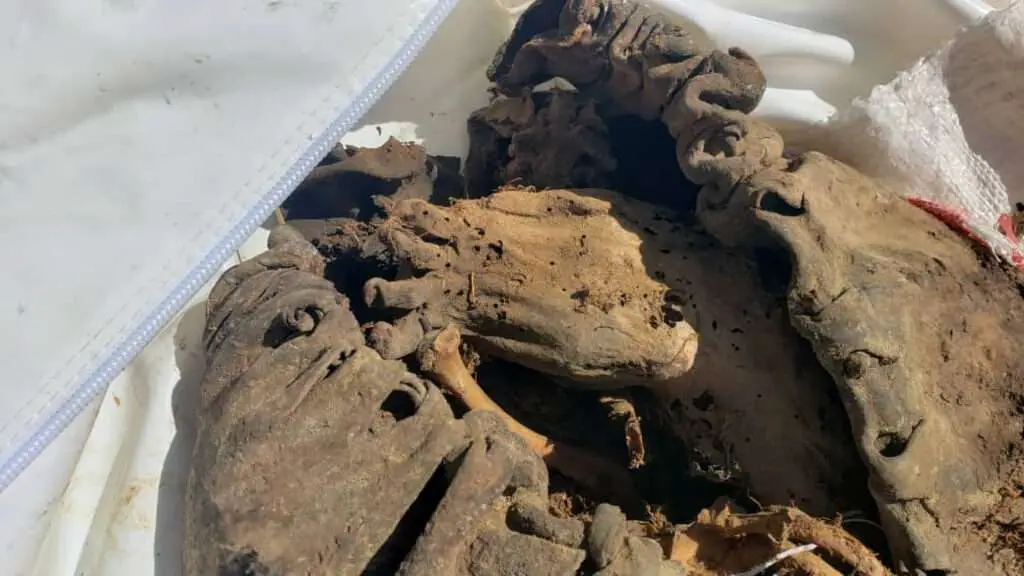
The General Authority thanked Brigadier General Hussein Sharaf Al-Makhdi, Director General of Criminal Evidence, and Professor Ahmed Abdullah Al-Kibsi, who they said had handed over the mummy.
The statement went on: “Ancient human civilisations knew some sciences such as medicine, engineering, astronomy, and other sciences, but some of those civilisations added other arts to their personal character, such as the art of mummification, and among those civilisations were the Yemenis, Egyptians, Mayans, Incas, and others.”
The General Authority explained: “It is worth mentioning that there are clear differences in the art of embalming from one civilisation to another in terms of the methods and tools used in embalming the bodies.
“The Egyptian civilisation used more than one method in mummifying its kings, as it used local materials such as natron salt and some glues, resins and other materials that were imported from Yemen, in addition to the method of placing those bodies inside coffins, most of which were laid on their backs.
“While we find that the Yemeni civilisation used mummification for some of the common people, and we have not yet found kings or great personalities mentioned in Yemeni history, we find that there are a lot of materials used in mummification such as the aloe vera plant, henna, and other materials in addition to the identification card of the dead written on wood or stone.
“Then the bodies were placed squatting inside the skins of some animals such as camels and cows, and the history of those bodies dates back to the fourth and third centuries BC.”
Abdullah Mohsen, a researcher who tracks antiquities smuggling, said that he believes this mummy could be 2,000 years old.
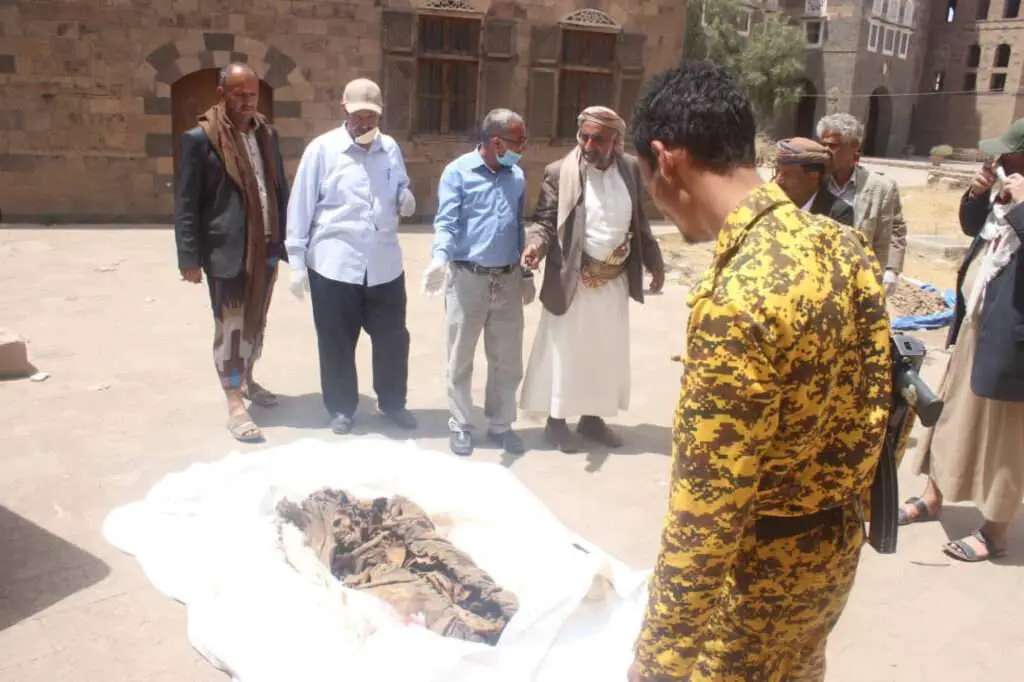
He said it was “crazy” to throw it in the rubbish and added: “In the land of Saba, Himyar, Qataban, Awsan, Ma’in, and Hadramout, it is natural to find ancient mummies in mountain caves and rocky graves.
“But the discovery of a mummified body at a Sana’a rubbish dump would be a calamity and the height of irresponsibility.”
And Khaled Al-Ruwaishan, Yemen’s former Minister of Culture, said: “My sorrow and rage over the fate of a nation and its people is immense.”
Yemen’s President Abdrabbuh Mansur Hadi moved the seat of the government from Sana’a to Aden in March 2015 after the country’s traditional capital was occupied by Houthi rebels.

